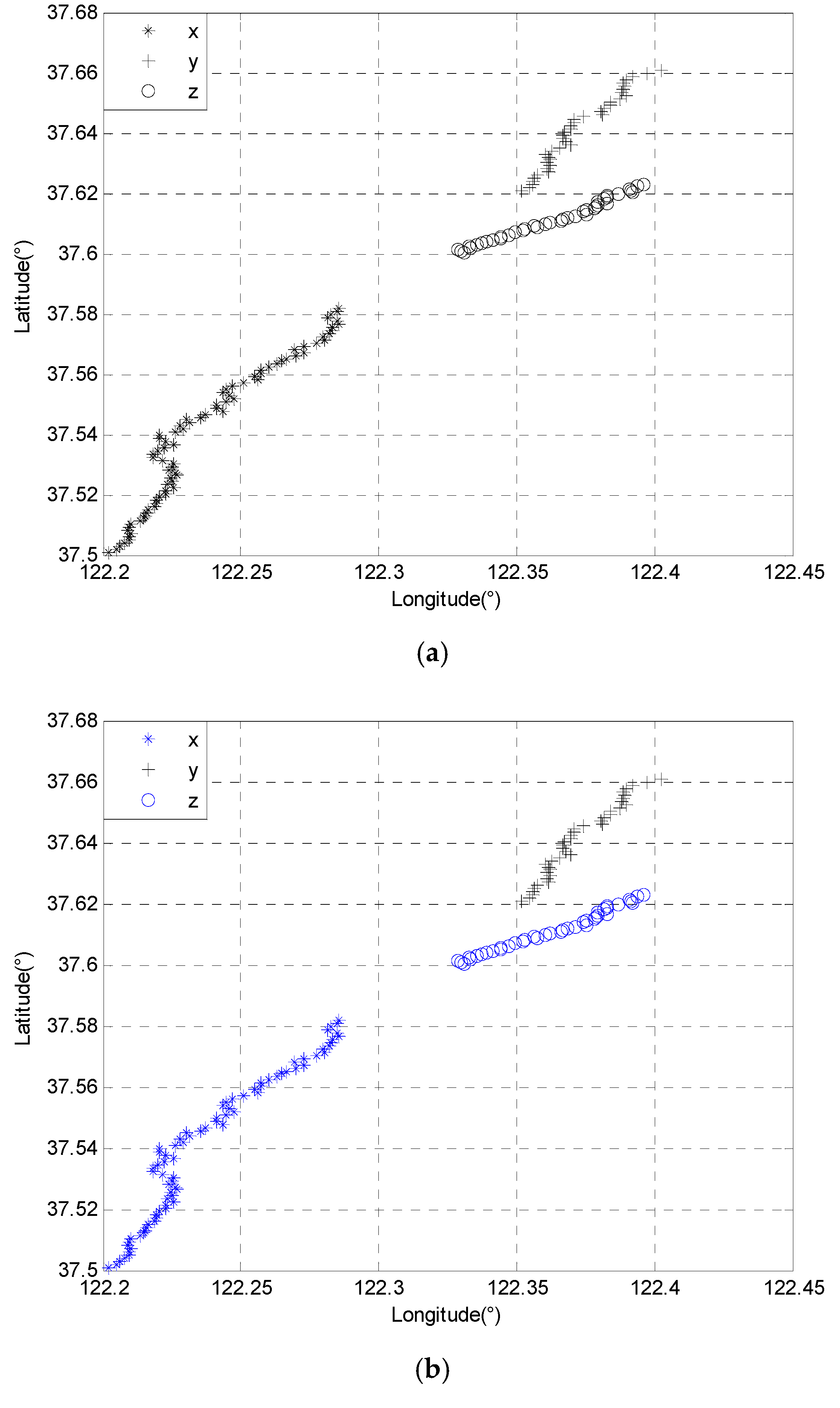
The nearest example is the Taurus-Auriga T association (Tau-Aur T association), located at a distance of 140 parsecs from the Sun. These sparse populations of up to a thousand T Tauri stars are known as T associations.

Young stellar groups can contain a number of infant T Tauri stars that are still in the process of entering the main sequence. These associations can be quite sparse, spanning 1,500 light-years in diameter. OB associations have also been found in the Large Magellanic Cloud and the Andromeda Galaxy. The nearest OB association is the Scorpius–Centaurus Association, located about 400 light-years from the Sun. The Hipparcos satellite provided measurements that located a dozen OB associations within 650 parsecs of the Sun. (Compare this to the current age of the Sun at about 5 billion years.) The O-B stars in the association will have burned all their fuel withinġ0 million years. As a result, OB associations are generally only a few million years in age or less. O class stars are short-lived, and will expire as supernovae after roughly one to fifteen million years, depending on the mass of the star. It is believed that the majority of all stars in the Milky Way were formed in OB associations. Once the surrounding dust and gas is blown away, the remaining stars become unbound and begin to drift apart. These are believed to form within the same small volume inside a giant molecular cloud.


Young associations will contain 10–100 massive stars of spectral class O and B, and are known as OB associations. Some groups also display properties of both OB and T associations, so the categorization is not always clear-cut. But it is currently uncertain whether they are an evolutionary sequence, or represent some other factor at work. The OB, T, and R associations form a continuum of young stellar groupings. A third category, R, was later suggested by Sidney van den Bergh for associations that illuminate reflection nebulae. Victor Ambartsumian first categorized stellar associations into two groups, OB and T, based on the properties of their stars.


 0 kommentar(er)
0 kommentar(er)
